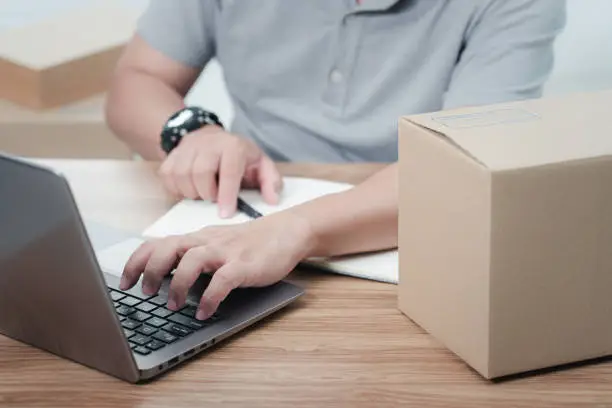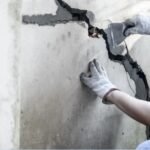Selling a home quickly requires strategic investments to maximize appeal and attract buyers. Whether you’re working against a tight deadline or simply aiming to secure a quick home sale, understanding where and how much to spend can significantly influence the outcome.
But how much should you really invest to sell your house fast? In this blog, we will discuss the top considerations and costs involved.
Boosting Curb Appeal
First impressions matter, especially when selling a home. Enhancing your property’s curb appeal can make a lasting impression on potential buyers and entice them to step inside.
Invest in landscaping to make your yard clean and inviting. Basic updates like mowing the lawn, trimming hedges, and planting colorful flowers can cost between $500 to $1,000. Power-washing the exterior of the house and driveways can range from $200 to $400, while painting the front door or adding new hardware might cost as little as $150.
If your home’s exterior needs more significant improvements, such as replacing siding or repairing the roof, be prepared to spend upwards of $5,000. These upgrades might seem steep, but they can drastically improve the perceived value and help secure a quick home sale. The owner of Precision Landscaping notes, “When enhancing curb appeal, it’s essential to weigh investments like landscaping and driveway updates. Considering features like a heated driveway can add appeal, but understanding heated driveway costs ensures your upgrades align with your budget while maximizing impact.”
Additionally, consider updating outdoor lighting to create a welcoming atmosphere during evening viewings, which can be a relatively low-cost enhancement with high impact. Installing a new mailbox or adding potted plants near the entrance are other minor but effective upgrades.
Decluttering and Staging
A clean and well-organized space allows buyers to visualize themselves living in the home, making decluttering and staging essential steps.
Decluttering costs vary depending on the size of the house and the services used. If you hire a professional organizer, expect to pay around $50 to $100 per hour. Storage units for excess items can cost $100 to $300 monthly.
For homeowners with larger inventories or sentimental items, renting long-term storage or donating unused items can help make the process more manageable. Removing personal items like family photos or collectibles is another important step to make spaces feel neutral and universally appealing.
Home staging, which involves arranging furniture and decor to highlight the home’s best features, can cost between $1,500 and $3,000. Professionally staged homes often sell faster and at higher prices, making it a worthwhile investment. Some agents also offer virtual staging services, which can cost less but provide buyers with a strong visual idea of the home’s potential. Including seasonal decor or accents can also make the home feel warm and inviting.
Professional Photography and Marketing
High-quality photos and marketing materials are crucial to attracting buyers online, where most home searches begin.
Professional real estate photography typically costs $150 to $500. Adding a virtual tour or drone photography might cost an additional $200 to $400 but can set your listing apart in competitive markets. Highlighting unique features of your property, such as renovated kitchens or picturesque views, can make your listing more compelling. If your home is in a desirable neighborhood, including community amenities in the listing can further capture buyers’ interest.
Allocating funds for online advertising, such as social media promotions or featured listings on real estate platforms, is also beneficial. Marketing budgets often range from $300 to $1,000, depending on the reach and platforms used. Spending on effective marketing ensures your home gets noticed and appeals to the right audience.
Don’t underestimate the value of a professionally written property description, which can elevate the appeal of your listing and inspire buyer interest. Leveraging open houses and virtual open houses can also help generate more leads.
Minor Repairs and Updates
Minor updates can make a significant difference in quick home sales. Focus on small but impactful changes.
For instance, repainting walls in neutral colors typically costs $1,000 to $3,000, depending on the size of your home. Replacing outdated light fixtures and hardware might cost $50 to $300 per item.
Fixing leaky faucets, squeaky doors, or chipped tiles ensures buyers see your property as move-in ready. Adding modern features like smart thermostats or updated kitchen appliances can also make your home stand out. Replacing worn carpets or refinishing hardwood floors are additional updates that can transform the interior look of your home.
Investing in these small repairs and updates—often totaling $2,000 to $5,000—can provide an excellent return on investment and encourage faster offers. Ensuring your home is spotless, with no visible maintenance issues, adds to buyer confidence and reduces objections during negotiations. Updating energy-efficient features like LED lighting or improved insulation can also appeal to eco-conscious buyers.
Working with the Right Real Estate Agent
A knowledgeable and experienced real estate agent can guide you through the selling process, ensuring your home is priced correctly and marketed effectively.
Real estate agent fees typically range from 5% to 6% of the sale price. While this cost might seem high, the right agent can help you achieve a quick home sale by leveraging their network, negotiating skills, and market expertise.
Additionally, an agent’s insights on local market trends can help you price your home competitively without undercutting its value. They can also advise on which repairs or upgrades offer the best return.
Spend Right for a Profitable Home Sale
Selling your home quickly doesn’t mean spending excessively, it means spending wisely. By focusing on impactful areas like curb appeal, staging, marketing, and minor repairs, you can create a strong first impression, attract serious buyers, and drive competitive offers. Every dollar spent should be considered an investment toward a faster sale and a higher return.
Ultimately, the key is to align your spending with your goals and the expectations of your target buyers. Work with a knowledgeable real estate agent to prioritize improvements, manage costs, and position your property for success. With the right strategies in place, you can navigate the home-selling process efficiently and achieve the results you’re aiming for.






